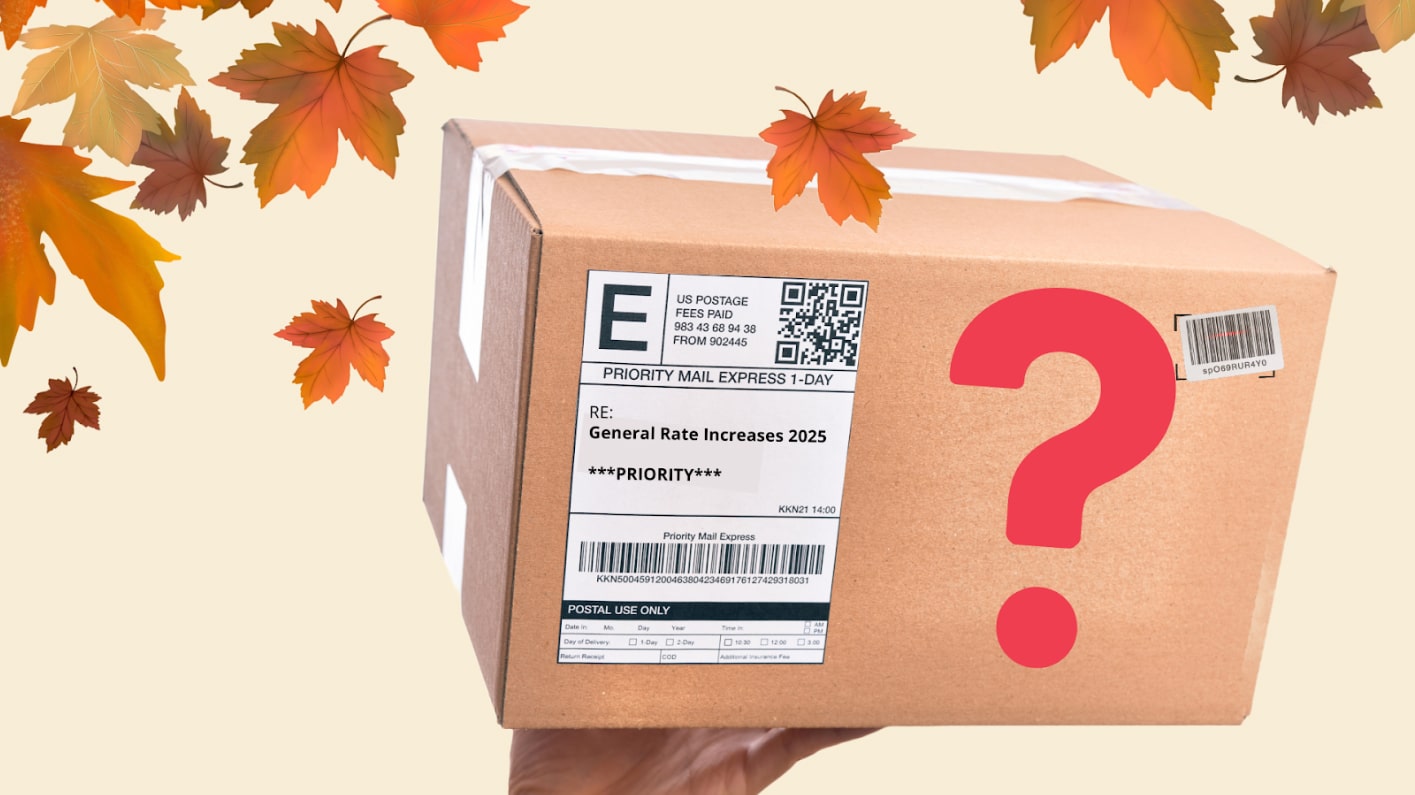You’ve probably heard that in the last weeks, both UPS and FedEx announced their rate increases for 2025. Exactly how these changes affect your costs depends on your shipping profile, so if you’d like to understand what this means for your bottom line, feel free to DM me for a free, no strings attached shipping analysis for your business.
But more than the rate increase itself, there’s a new pricing strategy unfolding this year that deserves your attention.
The 5.9% Average Doesn’t Tell the Whole Story
While UPS and FedEx set a General Rate Increase (GRI) of 5.9% for 2025, this doesn’t apply evenly across all services. In fact, some services will be hit harder than others, and most customers will see higher increases due to specific pricing changes.
Just a few examples:
- For FedEx Ground Commercial and Home Delivery packages that travel long distances (beyond Zone 5), the rate hike will go above the average. The farther your packages travel, the more you’ll pay.
- Both UPS and FedEx have minimum prices, so even with discounts, there’s a floor you can’t go below. Even with a 100% discount on Priority Overnight Letters you will still pay $34.71 per letter, not including any surcharges.
Surcharges increase at a rate that is almost always above the announced GRI, especially for large shipments:
- FedEx’s Additional Handling and Oversize fees are going up by over 26%, and they will also increase the farther your package travels.
- UPS is replacing the old “length plus girth” with a “cubic volume” calculation for Additional Handling Surcharges, and updating its Large Package Surcharge calculation method.
- On top of this, you should also be on the lookout for the Residential, Delivery Area, and International fuel surcharges.
What’s Behind the Frequent Rate Changes?
This year both major carriers have moved away from annual rate increases, shifting instead to changes every few months: FSC tables, peak surcharges, DAS zip codes, etc.
Why?
- Revenue Boost: By increasing rates more frequently, they can drive revenue without waiting for the usual January bump.
- Managing Customer Pushback: Many smaller price changes reduce the risk of losing customers due to one big jump.
- Testing What Works: By rolling out small changes, carriers can see how customers respond and adjust as needed.
For both UPS and FedEx, this strategy has clear benefits, and we’re likely to see more frequent rate updates moving forward.
What You Can Do to Stay Ahead
To keep control of your shipping costs, there are a few key steps you can take:
- Know your shipping profile. Have a clear picture of what you’re shipping, where it’s going, and any specific requirements from your customers.
- Audit your parcel invoices. Invoice audits aren’t optional anymore – they’re an industry standard. Many automated tools – like @Betachon Freight Auditing – make it easy to monitor your invoices, catch issues early and manage your refunds effortlessly.
- Look beyond the big two: Regional carriers offer good options to balance out the higher costs from FedEx and UPS, and they’re ready to compete for your business.
- Push for better rates: Don’t accept the initial carrier offer as final. A strong negotiating stance can often lead to better terms than you might expect.
- Use every trick in your bag. You can secure low prices for short-distance shipments in competitive areas, or get reduced fees for multiple deliveries to the same address, as they save the carrier money.
With the right strategies, you can stay flexible and minimize the impact of these price changes. But how do you set up your shipping strategy if you’re not so sure about your shipping profile? Contact me at eds@betachon.com for a quick, no-strings-attached shipping strategy review.
